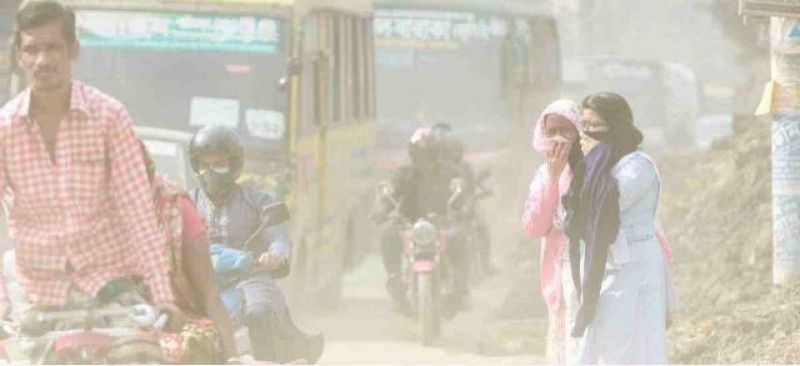- Intimidation or bloodshed cannot halt Bangladesh’s march to democracy |
- Khaleda Zia integral to an important chapter in BD history: Yunus |
- Enthusiasm marks Victory Day celebrations across Bangladesh |
- Dhaka-Delhi ties deep; to be shaped by trust, dignity, mutual respect |
- EU deploys election observation mission to Bangladesh |
Dhaka’s air hazardous, most polluted in world Sunday morning

Dhaka’s air hazardous, most polluted in world Sunday morning
Dhaka, Jan 22 --Dhaka once again topped the list of cities around the world with the worst air quality this morning.
With an air quality index (AQI) score of 315 at 8am today, Dhaka ranked first in the list of cities with worst air.
An AQI between 151 and 200 is said to be ‘unhealthy’ while 201 and 300 is considered ‘very unhealthy’, and 301 to 400 is considered 'hazardous', posing serious health risks to residents.
India’s Delhi and China’s Shenyang occupied the second and third spots in the list, with AQI scores of 313 and 245, respectively.
In Bangladesh, the AQI is based on five criteria pollutants -- Particulate Matter (PM10 and PM2.5), NO2, CO, SO2 and Ozone.
Dhaka has long been grappling with air pollution issues. Its air quality usually turns unhealthy in winter and improves during the monsoon.
Air pollution consistently ranks among the top risk factors for death and disability worldwide. Breathing polluted air has long been recognised as increasing a person’s chances of developing a heart disease, chronic respiratory diseases, lung infections and cancer, according to several studies.
As per the World Health Organization (WHO), air pollution kills an estimated seven million people worldwide every year, largely as a result of increased mortality from stroke, heart disease, chronic obstructive pulmonary disease, lung cancer and acute respiratory infections. - UNB

